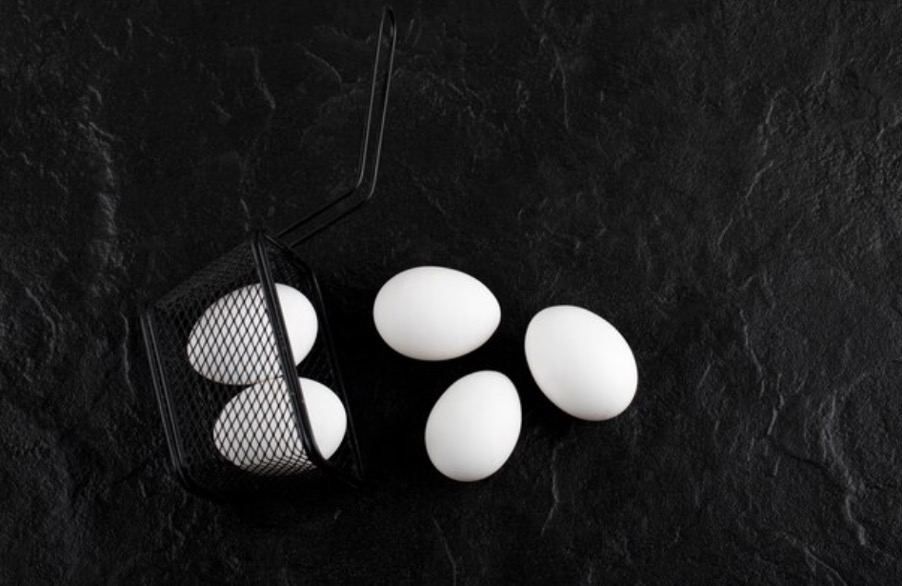What is a Varicocele?
-
Published:21 March 2024
-
Updated:07 December 2024

Varicocele is a pathological condition in men in which the veins of the lobular plexus of the spermatic cord expand, which leads to a violation of the thermoregulation of the testicle, preventing its cooling. With the development of the disease, the valves preventing the reverse outflow of blood lose their function, and the flow of oxygen to the testicular tissues is impaired, negatively affecting the formation, development, and maturation of spermatozoa (spermatogenesis).
What the Statistics Say
The prevalence of varicocele in the male population ranges from 15% to 20%. Varicocele is the leading correctable cause of male infertility and occurs in 35-44% of men with primary infertility and 45-81% of men with secondary infertility.
This indicates the need for early detection and treatment of this disease among the younger generation as one of the leading causes of infertility. That is why varicocele is a serious medical and social problem that should be considered when analyzing male health.
Factors Causing Varicocele in Men
- Congenital weakness of the vessel walls, insufficient or absent valves in the veins. This leads to a buildup of blood in the lobular plexus, causing the veins to dilate.
- Increased pressure in the veins of the pelvis or the scrotum leads to anatomical changes in the veins of the testis and kidney. The peculiarity is that the vein from the left testicle enters the renal vein at right angles. This creates increased pressure, which is why varicocele usually appears in the left testicle. The lumen of the vessels narrows, the outflow of venous blood from the testicle is disturbed, and the veins begin to expand. Less often, both the right testicles and the right testicles are affected.
- Trauma to the scrotum.
- Prolonged standing position and tension of the abdominal muscles.
Other factors of primary varicocele include inflammatory diseases of the genitourinary system, lifting weights, stool disorders, low physical activity, and obesity. There is also a secondary varicocele, which occurs due to the development of tumors in the abdominal cavity or retroperitoneum. In this case, any pathologic conditions related to the scrotum, inguinal canal, abdominal cavity, renal and inferior vena cava veins that cause compression of the seminal canals, increased intra-abdominal pressure, and can become triggers for the development of varicocele.

Degrees of Varicocele
Grade 1 - is detected during manual examination of the scrotum at the moment of strong pushing. A man may be concerned about loss of appetite, weight loss, low mood and apathy, weakness, and fatigue.
Grade 2 - diagnosis is possible at rest. More pronounced signs include pulling pains in the perineum, an increase in the size of the scrotum, a lack of libido (arousal is preserved), and a feeling of heaviness and pressure in the groin area.
Grade 3 - is characterized by a severe course of the disease, and palpation is not required to determine varicocele. Venous dilation is noticeable to the naked eye. The symptomatology is joined by urinary incontinence (especially at night), pain in the kidney area, burning and severe pain in the scrotum, which spreads to the penis and perineum, and frequent urination while maintaining a normal drinking regimen.
Most often, varicocele develops slowly and imperceptibly, and there are no complaints a man may not present. But the most common complaints are sagging scrotum, which interferes with walking, pulling pain in the testicle, pain in the groin and testicle when lifting weights, and sexual dysfunction.
Self-Diagnosis for Varicocele
Men should pay attention to the following signs: the size of the scrotum, enlarged scrotal veins that may appear like a "bag of worms," heaviness, and pain in the scrotum.
Treatment
First, physical activity should be limited, including prolonged standing, cycling, and motorcycle riding. Abdominal wall tension should be excluded, as should sexual activity and masturbation. Treatment of varicocele requires a comprehensive approach, especially if the disease is in the first or second degree of severity. Conservative (drug) therapy is used only to prepare for surgery. This is the reception of drugs that increase the tone of the veins.
Physiotherapeutic procedures are also carried out.
It is important to note that regardless of the degree of severity, the patient should refuse alcohol and increased physical activity.
The main indications for surgical intervention are infertility and pain. Many men already in their youth undergo such operations to prevent the development of this disease.
Methods of Surgical Treatment
- Ivanissevich and Palomo operations. The testicular veins above the internal opening of the inguinal canal are transected.
- Laparoscopic resection of testicular vein branches.
- Marmar surgery. Ligation of all branches of the problem vein, with preservation of the artery. The method provides complete recovery and absence of recurrence in 95% of cases.
When to Consult a Doctor?
We recommend contacting a urologist or phlebologist if you experience any discomfort in the testicles to promptly diagnose and begin treatment.
Varicocele is underdiagnosed in men evaluated for infertility: Examination of multi-center large-scale electronic health record data
(https://onlinelibrary.wiley.com/doi/full/10.1111/and.14539), 01 August 2022. Accessed 7 Dec 2024.
Varicocele
(https://www.ncbi.nlm.nih.gov/books/NBK448113/), November 13, 2023. Accessed 7 Dec 2024.
Varicocele and Testicular Pain: A Review (https://www.ncbi.nlm.nih.gov/pmc/articles/PMC6305863/), World J Mens Health. 2018 May 16;37(1):4–11. doi: 10.5534/wjmh.170010. Accessed 7 Dec 2024.








.svg)
.svg)
